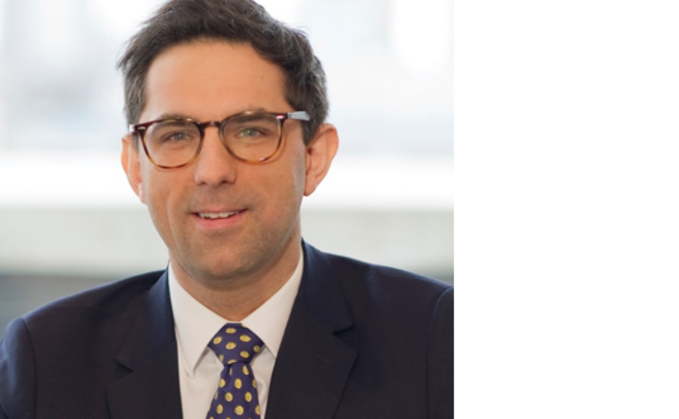
Can you give a brief overview of your strategy in terms of what you are trying to achieve for investors, your investment process, and the make-up of the investment team?
A sizable sub-component of the broad high yield bond asset class, the global senior secured bond market comprises bonds that are both senior in a company's capital structure, and benefit from security interests in various firm assets. Ultimately, this means that if a company defaults on its debt obligations, senior secured bondholders are first in line for any repayments. As a result, senior secured bonds have historically offered higher recovery rates than unsecured bonds. For example, from 1987 to 2023, the average recovery rate for defaulted senior secured bonds was 61.7%, compared to 46.9% for senior unsecured bonds and 27.9% for subordinated debt.
Barings has been a pioneer in this space. With a 13+ year track record, we have managed investments on behalf of our clients through the ups and downs of multiple credit and economic cycles. And importantly, we have done so with consistency—relative to both the benchmark and the broader high yield peer group.
The strategy targets high current income and attractive risk-adjusted returns by taking a credit-intensive approach to developed markets senior secured bonds. The strategy also capitalizes on the compelling features of the current market—namely a relatively shorter duration (or interest rate sensitivity) profile, alongside attractive overall yield levels and meaningful price appreciation prospects.
Our strength lies in the size of our global team. One of the industry's largest, Barings' high yield platform comprises over 70 dedicated high yield investment professionals across the U.S. and Europe1. These on-the-ground investment resources uniquely position us to assess relative value opportunities, which is beneficial with well-established high yield companies typically issuing debt across multiple currencies.
Our scale also allows us to conduct detailed, bottom-up analysis of company financials, integrate ESG factors into our credit assessment, and actively engage with company management to identify attractive opportunities. We make investment decisions based on the expected long-term success of a company and believe that rigorously analysing underlying credit fundamentals is paramount when it comes to mitigating risks. In particular, prior to inclusion in our portfolios, each credit is fully underwritten and vetted by our team of credit analysts, and each debt tranche must be approved by the Investment Committee. Through this time-tested process, we construct high conviction portfolios that are actively managed to perform through the cycle.
How are you positioning your portfolio?
Given the asymmetric return profile of the high yield market, we understand the importance of diversification and typically invest in 150+ companies in our portfolios (versus 780+ companies in the global senior secured bond index). Positioning is both absolute (we view a market-weight position as broadly in the 50-75 bps range) and active (top 10 conviction positions generally account for 10-15% of a portfolio and portfolios may have no exposure to large benchmark issuers).
In addition, given the macro uncertainty and impact of elevated interest rates, we have increased the overall credit quality of our portfolios in the last 12-18 months.
Can you identify a couple of key investment opportunities for your fund you are playing at the moment in the portfolio? This could be at a stock, sector or thematic level.
The combination of discounted prices, record low duration and maturity profile of the market is shaping attractive total return opportunities in the asset class [Exhibit 1]. Specifically, market convention is to calculate spreads and yields-to-worst, which for discounted price bonds equates to their final legal maturity. However, performing high yield issuers will proactively look to refinance their debt at least 12 months ahead of final legal maturity due to auditors' going concern, rating agency downgrades and trade working capital considerations. As a result, the actual return profile of 2025 and 2026 final legal maturity bonds is likely to be higher than the stated spread and yield characteristics.
At the same time, with the lower quality leverage loan market successfully extending its maturity profile during 2023, we believe the higher quality bond market can do the same—and this is an area that we have been actively targeting.
Exhibit 12
1Source: Barings. As of March 31, 2024
2Bloomberg. As of March 31, 2024. Global Senior Secured bond market represented by the ICE BofA BB-B Global High Yield Secured Bond Index (HW4S). For illustrative purposes only. This analysis is intended to demonstrate only the specific elements discussed. This analysis does not represent all of the elements and variables that could be factored into the potential outcome. PAST PERFORMANCE IS NOT NECESSARILY INDICATIVE OF FUTURE RESULTS.







